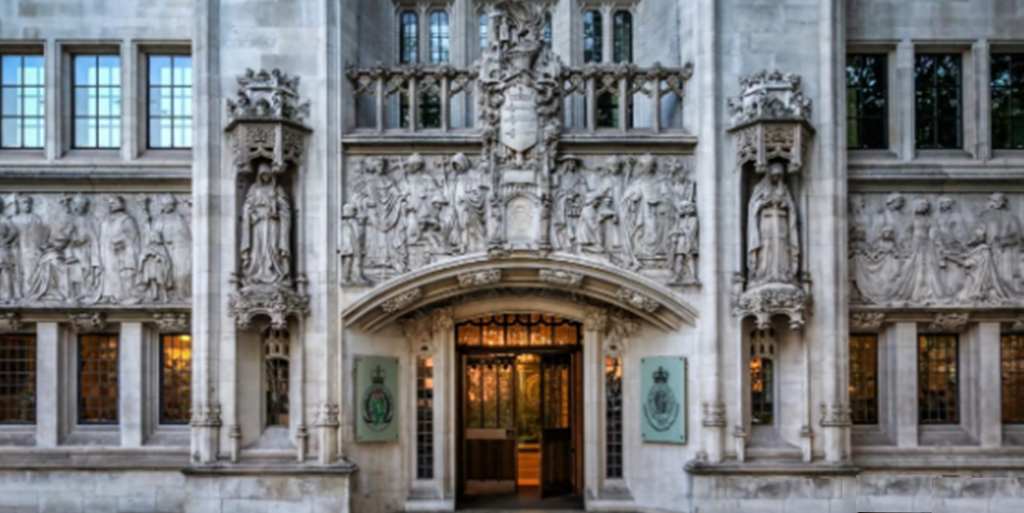There seems to be great confusion surrounding what is money and what is meant by the term “legal tender”. Legal tender is a medium of payment allowed by law or recognized by a legal system to be valid for meeting any financial obligation including taxes.Legal tender is therefore anything which when offered in payment extinguishes a debt. Therefore, when Rome issued coins that were debased but would not accept them back in payment for taxes, they ceased to be “legal tender”.
Rome is by NO means the only such instance of this taking place. The State of Virginia began issuing paper money in 1755 and it was really circulating bonds paying 5%. They quickly discovered that debt was doubling in about 10 years because of the interest payments. Our politicians are still in the dark on this issue. By 1758, they stopped paying interest and made the notes then “legal tender” so they would accept them back in payment of taxes. This lasted until 1769 when the currency they now issued was no longer “legal tender”. As the colonial inflation took off, the notes depreciated and were no longer legal tender. Hence, there was no guarantee the state would accept them in payment of anything at their face value.
The stories circulating around about issuing trillion dollar platinum coins are a bit much. If Obama tried that, they would not be “legal tender” on any international basis for what country would accept such nonsense? That would be identical to defaulting in the debt. Has this been tried before? Absolutely!
Wang Mang (王莽)(6/9-23AD)
It was the monetary reforms of Wang Mang (王莽)(6/9-23AD) that were astonishing. Mang made a move to establish his own dynasty, Xin, intending to replace the Han. The economy went into a chaotic period between 7AD and 14AD. This centered once again upon the introduction of a new coin that was overvalued dramatically relative to its metal content. In the year 10 AD, Wang Mang was desperate for money and he instituted an unprecedented tax—the income tax first such record of any direct tax of this nature. The rate was 10 percent of profits, for professionals and skilled labor. Previously, all taxes were either poll tax (head tax) or property tax. Wang Mang was thus the founder of a short-lived Xin (Hsin) Dynasty (9-23AD).
Nature conspired against Wang Mang for in 11AD, the Yellow River flooded killing many that caused a great famine and a plague. This led to civil unrest because of the income tax as well as his massive debasement of the money supply and the flood was seen as a sign from heaven to revolt. Peasants migrated south and banded into larger groups. One of these groups rose, known as the Red Eyebrows, and they were strong enough that they defeated one of Wang’s armies. This led to widespread rebellions even in the capital as it was seen that Wang did not have the favor of God. They stormed the palace and in a grand last stand, about 1,000 palace guards defended Wang to the last man. The rebels then killed Wang Mang bringing an end to his brief dreams of creating a dynasty.
The monetary reforms of Wang Mang reflected also the desperate times. He had installed a new denomination, the daqian, which was 12-zhu valued at 50 times that of the old Han wuzhu coin that was effectively about 20-21 times that of its metal value. He also introduced knife-shaped coins of bronze (pictured here) in an attempt to revive and depart from the Han coinage. This knife coinage weighed about 16 grams and was valued at 500 of the Han wuzhu, which was nearly 100 times its weight.
He also issued a heavier version of about 28 grams valued at 5000 wuzhu that was 560 times its value with a tiny gold inlay. He outlawed private ownership of gold and he recalled all gold to be turned into the treasury as did Franklin Roosevelt in 1934 United States. With these new overvalued denominations, no doubt they were used to compensate for the confiscated gold. By the end of Wang Mang’s reign, the treasury had a significant gold supply. These efforts were taken when he was regent prior to his assumption of the throne in 9AD. Once he took the throne, he abolished these denominations and returned to a 1-zhu coin value (cash) that that was still overvalued by 5 times. The knife coinage was abolished for they seem to have served their purpose in paying for the forced confiscation of gold. (R. Thomsen, Ambition and Confucianism: A Biography of Wang Mang (1988), p119).
To help prevent counterfeiting now that coins were valued far above their metal content, Wang Mang prohibited the possession of copper and even charcoal. (Hanshu, 99B: 7b). The old Han wuzhu coins were still in abundance and were still circulating. Anyone caught hoarding the old currency was now to be deported to the frontiers. In 10AD, there were vast war preparations against the Xiongnu. Wang Mang tried to cover these expenses creating 28 new denominations of overvalued metal to pay for the military. There were gold and silver ingots, tortoise shells, cowrie shells, and 16 different bronze denominations that were once again round and spade-shaped trying to restore the old coinage pre-Han.
The overvaluation was effectively almost HYPERFLATION with some coins now valued at more than 20,000 times their intrinsic value. This naturally encouraged counterfeiting on a grand scale. The Hanshu tells us of draconian measures to force the people to accept this new currency. Counterfeiters were to be executed along with their entire families, in addition to 5 entire families that were neighbors were to be enslaved (99B: l5a). This was indeed perhaps even beyond draconian. Travelers were searched and were required to be carrying only the new money. Roadblocks were set up to enforce these measures. (Sounds like Homeland Security). This certainly would instill a peasant revolt.
Although the Han Dynasty was restored in 25AD, production of the old wuzhu coins did not resume until about 40AD, yet the overvalued spade-money ceased to be produced. So yes. Issuing overvalued coins and declaring some absurd value has been tried before. It obviously did not end well.
The Fed has the UNLIMITED power to buy debt and create a elastic money supply. They purchased last year 61% of all new debt. They can easily buy the debt from the marketplace or from an agency if the spending limit were not raised to help in a crisis. The problem would emerge afterwards. What happens if they try to sell and find no bid?. As long as the dollar is still legal tender and accepted worldwide as well as for taxes, the worst has yet to come.












